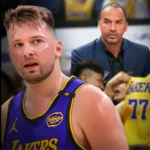
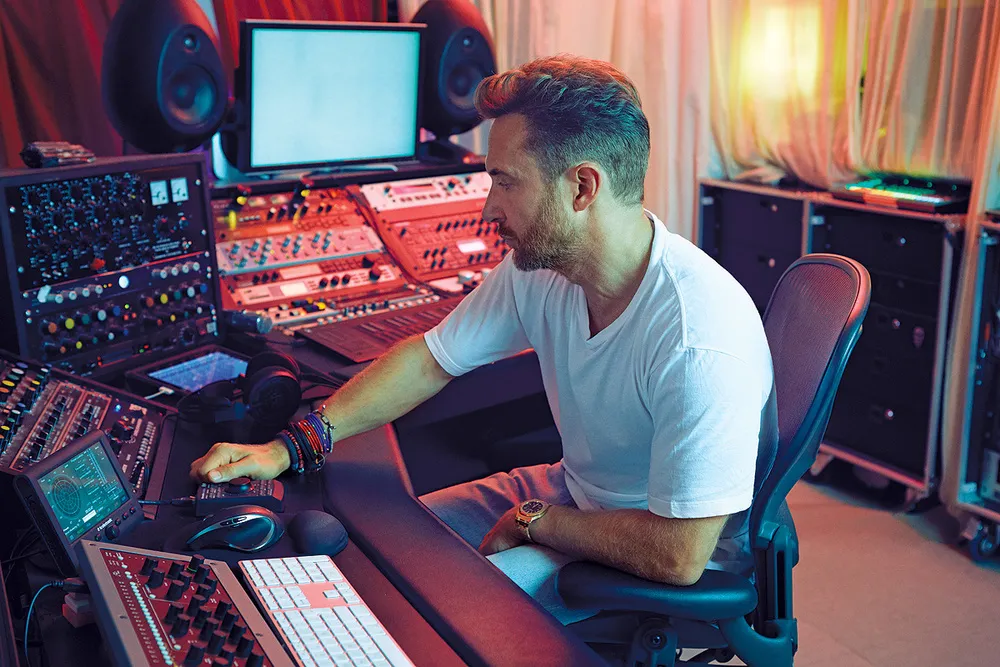
David Guetta reveals the secret to creating the ‘perfect bass’ in Ibiza and the tips for making better music that many young DJs don’t know
If you ask any music producer what separates an amateur track from a professional dance-floor banger, most will tell you the same thing: the kick bass. That heartbeat of electronic music—the thump that makes people move and gives the track its undeniable energy—can make or break a song. Recently, superstar DJ and producer David Guetta opened up from his Ibiza studio, breaking down what he calls the “secret” to the perfect kick bass. The revelation not only gave fans a peek inside the workflow of one of the most influential figures in dance music but also dropped golden nuggets of production wisdom that many DJs might have overlooked.
In this article, we’ll dive deep into David Guetta’s process, using the examples he highlighted—“I’m Good” and “Love Tonight”—while exploring the larger implications of his methods for the global EDM community. We’ll also uncover additional tricks he hinted at: from sound layering and EQ carving to subtle mixing hacks in Ableton, each of which can transform a good track into a festival anthem.
Why Ibiza, Why Now?
For decades, Ibiza has been a haven for electronic music—a testing ground for new sounds and a meeting point for DJs worldwide. It’s fitting, then, that David Guetta, who has made Ibiza his second home, chose his Ibiza studio to share this breakdown. The island isn’t just about nightlife and beaches; it’s a place where producers can immerse themselves in creative freedom.
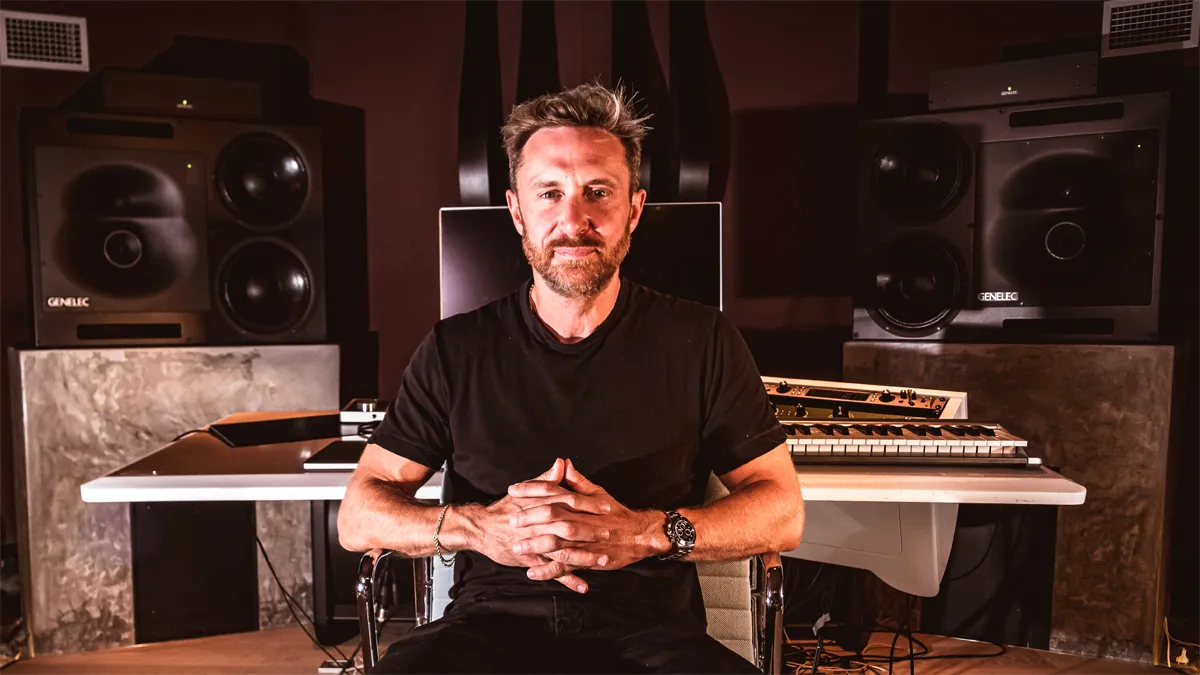
By filming his session in Ibiza, Guetta emphasized authenticity. He wasn’t in a corporate studio with pristine, intimidating gear. Instead, he was in his own environment, surrounded by the tools and vibe that inspire his music. That decision alone made the tutorial more relatable to upcoming DJs trying to crack the code of club-ready production.
| DAVID GUETTA: “When I’m here in Ibiza, I’m in my house, in my world. This is where I can show you how I build my kick and bass so it really hits.”
The Kick Bass as the Core of EDM
Before diving into David Guetta’s specific process, let’s step back and understand why the kick bass matters so much. In most pop or rock songs, the vocals or guitars often carry the emotional weight. In EDM, the story is told through rhythm and texture. The kick bass is not just a sound—it’s the anchor. It dictates energy, drives the groove, and defines the track’s identity.
A weak kick can make even the best melody fall flat. A powerful kick, paired with a complementary bassline, can turn a simple loop into a stadium-filling anthem. That’s why aspiring producers obsess over kick samples, drum machines, and plugins. Yet, according to David Guetta, the magic isn’t just about finding the right sample—it’s about knowing how to shape it.
Breaking Down Guetta’s Workflow in Ableton
During the video session with DJ Mag, David Guetta sat in front of his laptop and launched Ableton Live, his weapon of choice for years. He started with a fundamental principle: balance.
Instead of relying on one kick sample, Guetta layers multiple elements to form a single, unified sound. One layer might bring the punch, another the sub, and a third the click that cuts through the mix. The secret lies in blending these without muddying the mix.
| DAVID GUETTA: “You can’t just take one kick and think it will work everywhere. It’s about mixing layers, shaping the EQ, compressing together, and making it feel alive.”
He demonstrated this by isolating each layer, then gradually stacking them. The result was a kick that felt full, clear, and powerful without being overwhelming.
Using “I’m Good” and “Love Tonight” as Case Studies
To illustrate his point, David Guetta used two tracks. “I’m Good”—a collaboration with Bebe Rexha that reimagines Eiffel 65’s classic Blue (Da Ba Dee)—shows his ability to merge nostalgia with modern production. The kick in that track doesn’t just sit underneath; it punches forward, driving the song into festival territory.
On the other hand, “Love Tonight”, which became a global sensation through Guetta’s remix, highlights another dimension of his technique. That track has a deeper, moodier kick, one designed not for radio play but for the club experience. By comparing these two, Guetta showed how the same principles—layering, EQ carving, and compression—could adapt to different emotional contexts.
| DAVID GUETTA: “The kick in I’m Good is about energy, about radio and festivals. But in Love Tonight, it’s about vibe and emotion. You need to understand the difference if you want to connect with people.”
The Importance of EQ Carving
One of the most overlooked tricks that Guetta highlighted was EQ carving. Many new producers throw a kick and bassline together, only to wonder why the mix sounds muddy. Guetta’s solution: carve space.
He showed how the kick’s low frequencies were boosted while slightly cutting the same range from the bassline. This simple technique ensures that each element has its own “room” in the frequency spectrum. Without this, the two sounds fight for dominance.
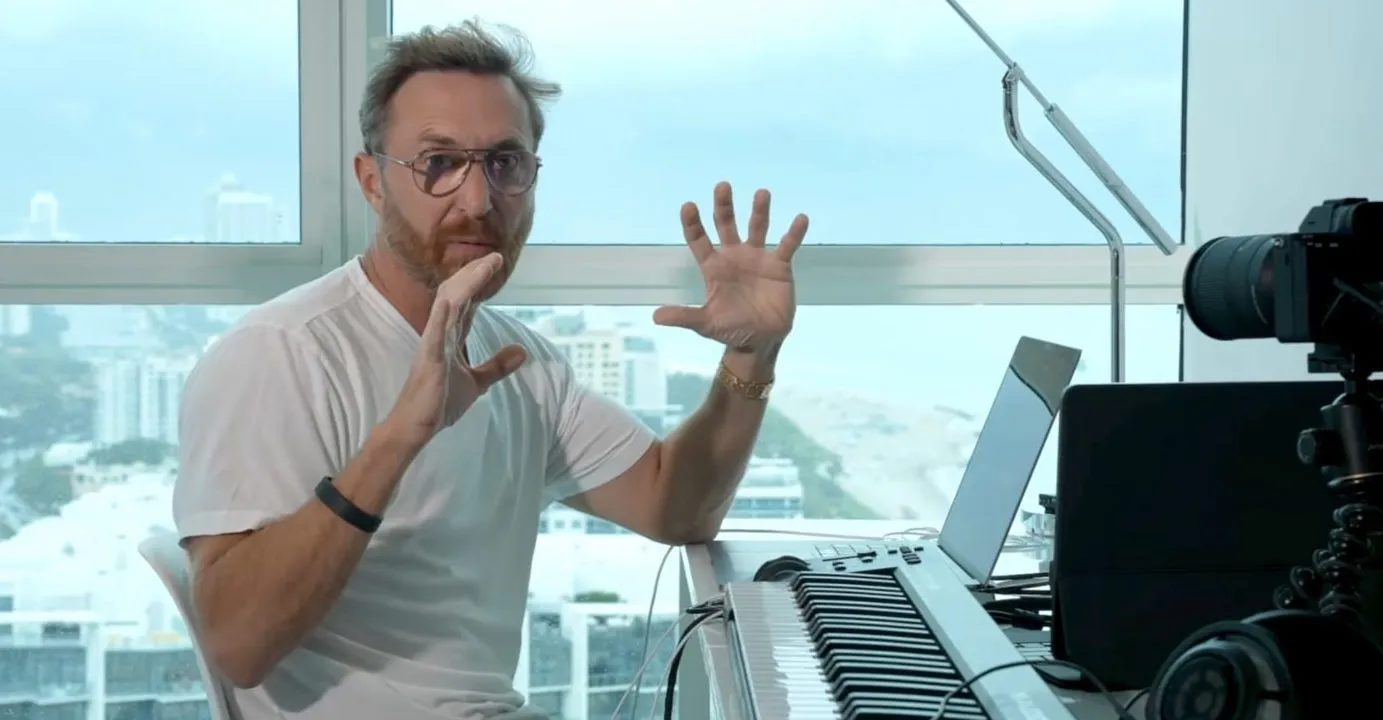
| DAVID GUETTA: “Think of your mix like a house. If the bass and the kick are both trying to live in the same room, it’s chaos. You need to give them their own space.”
Compression: The Glue of the Groove
Another trick Guetta revealed was sidechain compression—a staple in EDM production but one that’s often misunderstood. By applying sidechain compression to the bass, he allowed the kick to “breathe,” ducking the bass slightly every time the kick hit. This creates that signature pulsing feel that makes EDM so addictive.
But Guetta warned against overdoing it. Too much sidechain and the track can lose its groove. Too little, and the kick won’t cut through. The secret, according to him, is finding that sweet spot where the listener feels the rhythm without consciously noticing the effect.
Beyond the Kick: Tricks Many DJs Don’t Know
While the focus was on the kick bass, David Guetta also slipped in a few other insights that could elevate a producer’s game:
-
Reference Tracks: Always compare your mix with a professional track you admire. It’s a reality check for volume, EQ, and energy.
-
Humanization: Slight variations in velocity or timing can make programmed drums feel alive. Guetta demonstrated how even micro-changes add groove.
-
Saturation: Adding subtle harmonic distortion can make a kick or bassline feel warmer and fuller, especially on smaller speakers.
-
Arrangement Flow: Guetta emphasized that sound design is only half the battle. The way you arrange drops, builds, and breakdowns defines how your audience reacts.
| DAVID GUETTA: “Sometimes, producers think the magic is in plugins or gear. But the truth is, the magic is in knowing how to arrange your story.”
The Social Media Impact
After the video went live on DJ Mag’s Instagram, the post blew up. Fans flooded the comments with fire emojis 🔥, while fellow producers showed respect. This wasn’t just about Guetta revealing technical tricks; it was about transparency. By demystifying the process, he bridged the gap between superstar and bedroom producer.
The reaction also highlighted how hungry the community is for authentic education from established artists. In a world where tutorials are everywhere, hearing directly from David Guetta, someone who has dominated charts and festivals for decades, carries weight.
David Guetta’s Legacy as a Mentor
This isn’t the first time David Guetta has shared knowledge. Over the years, he’s been vocal about the tools and methods he uses, from software plugins to mixing philosophies. What makes this Ibiza session stand out is its timing. As the EDM scene evolves with genres like tech house and melodic techno gaining popularity, Guetta’s reminder of fundamentals—kick, bass, and groove—feels more relevant than ever.
His willingness to share also cements his role not just as a performer but as a mentor. By pulling back the curtain, Guetta is shaping the next generation of producers who will define the sound of festivals for years to come.
Why Many DJs Miss These Tricks
It might seem obvious once explained, but many DJs overlook these principles because they get distracted by flashy plugins or presets. They chase complex sound design while ignoring the foundation. Guetta’s message is simple: master the basics first.
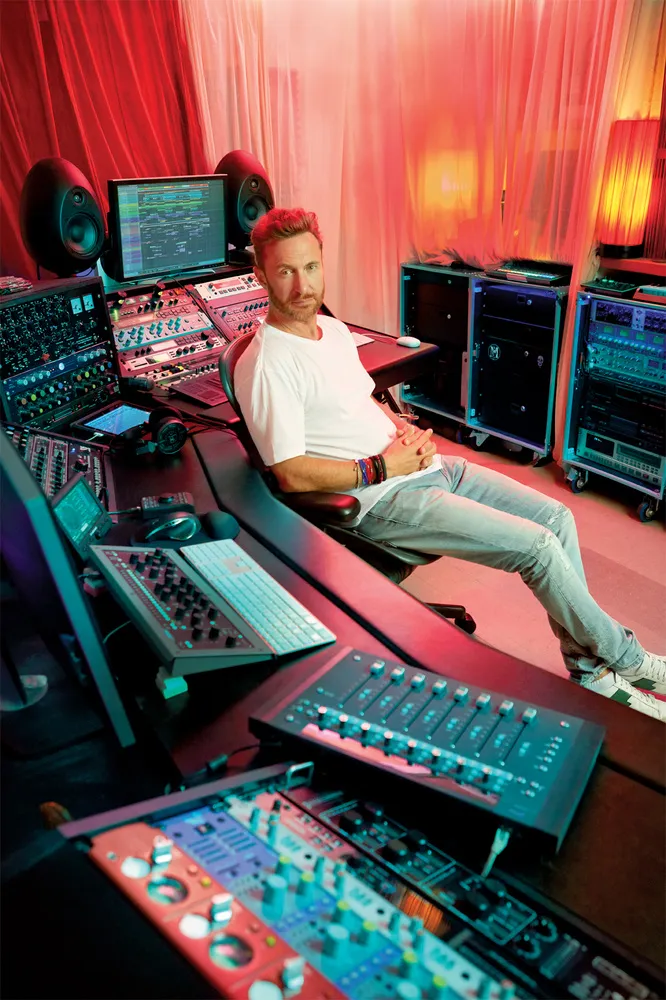
| DAVID GUETTA: “Everyone wants to know the secret plugin. But honestly, it’s not about the plugin—it’s about your ears, your balance, your story.”
Final Thoughts
What makes David Guetta’s Ibiza session so powerful isn’t just the technical information—it’s the attitude. By stripping away the mystery and showing his raw workflow, he gave producers something more valuable than presets or samples: perspective.
For aspiring DJs, the takeaway is clear. Don’t just copy sounds. Understand them. Layer wisely, carve space with EQ, control dynamics with compression, and above all, think about the emotion you’re delivering.
And perhaps the biggest hidden gem? Even after decades at the top, David Guetta still experiments, still refines, and still learns. If the legend himself is constantly evolving, that should inspire every producer to never stop exploring.
| DAVID GUETTA: “Music is about emotion. If the kick and bass don’t make you feel something, then nothing else will.”
In just one short breakdown, David Guetta managed to remind us why he remains one of the most influential DJs in the world. His kick bass secrets are more than technical instructions—they’re lessons in simplicity, emotion, and connection. For every DJ looking to take their music to the next level, his Ibiza wisdom might just be the spark they need.
Over the years, many DJs have shared tutorials. But few have combined the technical mastery, emotional insight, and sheer experience that David Guetta brings to the table. His Ibiza breakdown wasn’t just about sound—it was about inspiring an entire community to push harder, listen deeper, and create better. And that might just be the most important trick of all.





